Introduction – Streaming Meets Site-Specific Spectacle
In an era where digital content dominates cultural consumption, physical events have become rare but powerful tools for narrative extension. Netflix’s “Wednesday,” a gothic series centered on outsider identity and supernatural intrigue, offers a unique opportunity to reimagine how premieres are staged. Cockatoo Island, located in Sydney Harbour, is a UNESCO World Heritage site with a layered industrial history and cinematic atmosphere. Its rusted shipyards, sandstone tunnels, and cavernous warehouses evoke a mood that aligns perfectly with the show’s aesthetic.
By transforming this island into a premiere venue, Netflix could create an immersive experience that transcends traditional media launches. This isn’t just about spectacle—it’s about spatial storytelling. The island’s isolation mirrors the emotional detachment of Wednesday Addams, while its decaying architecture reflects the show’s gothic tone. Such a venue would not only reinforce the show’s brand identity but also elevate Sydney’s cultural infrastructure.
It would signal a shift in how streaming platforms engage with audiences, moving from passive viewership to active participation. The event would also spotlight Australia’s capacity to host globally resonant cultural experiences. In doing so, it would redefine the role of heritage sites in contemporary media. This kind of activation turns geography into mythology, and viewership into memory. It’s a blueprint for how pop culture can be both immersive and place-based. And it sets the stage for a new kind of premiere—one that’s as cinematic as the content it celebrates.

The Island as Narrative Extension – Why Cockatoo Island Is More Than a Venue
Cockatoo Island is not just a location—it’s a narrative device waiting to be activated. Historically, the island served as a penal colony and shipyard, with structures dating back to the mid-19th century. Its layered past offers a rich visual and emotional texture that aligns with the themes of “Wednesday.” The show’s gothic sensibility thrives on mood, and Cockatoo Island delivers that in spades. The sandstone tunnels evoke secrecy and confinement, echoing the emotional isolation of the protagonist. The rusted machinery and abandoned warehouses suggest decay, transformation, and forgotten histories. These elements mirror the show’s exploration of identity, legacy, and rebellion.
By staging the premiere here, Netflix would be extending the show’s narrative into the physical world. The island becomes a character—one that deepens the viewer’s engagement with the story. This kind of spatial storytelling is rare but impactful. It invites audiences to inhabit the world of the show, not just observe it. It also challenges traditional notions of venue utility, suggesting that cultural infrastructure can be adaptive and emotionally resonant.
Cockatoo Island’s cinematic potential has already been tapped by filmmakers, but never in this kind of immersive, branded context. The event would transform the island into a portal between fiction and reality. It would also demonstrate how heritage sites can be recontextualized for contemporary cultural use. In doing so, it redefines what a premiere can be—and what a location can mean.
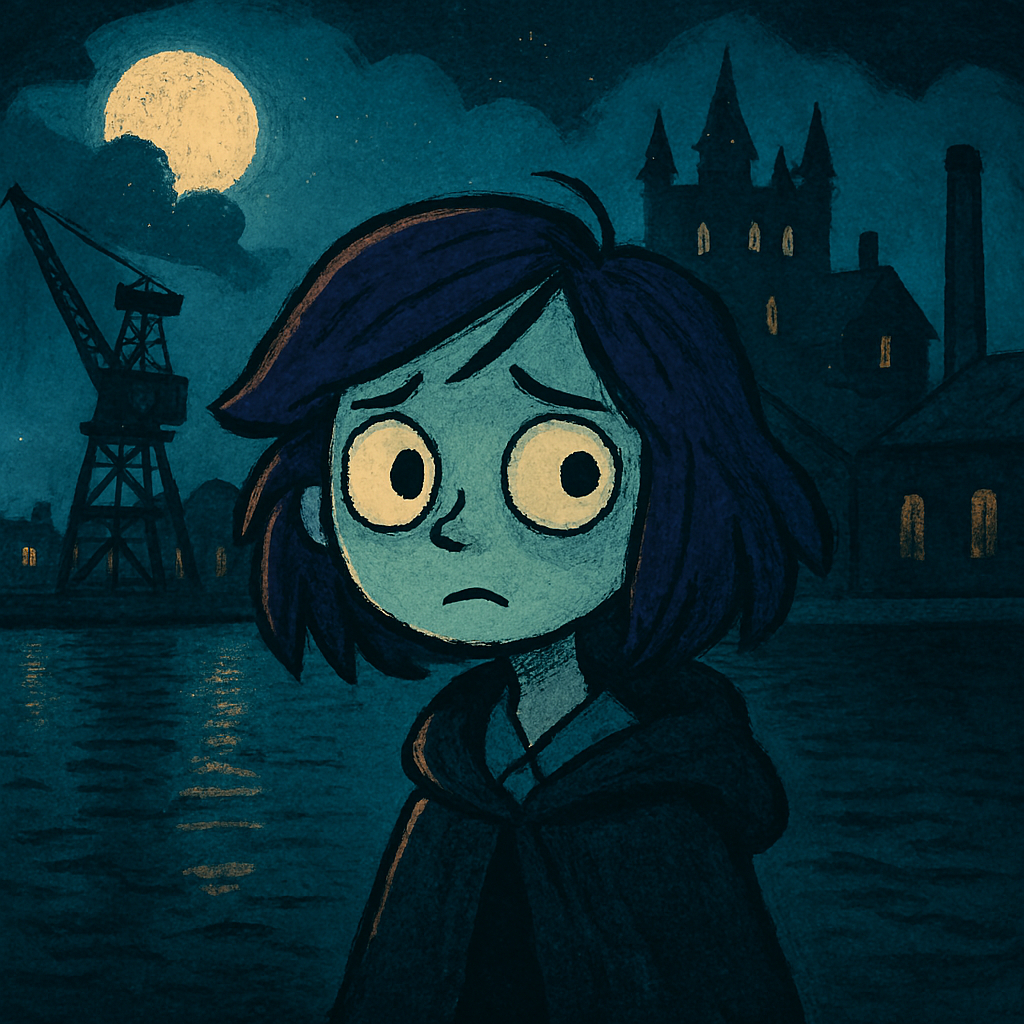
Cultural Impact – How the Event Reshapes Pop Culture and Industry Norms
Staging a “Wednesday” premiere on Cockatoo Island would ripple across multiple cultural domains. For pop culture, it signals a move toward experiential engagement, where fans become participants rather than passive consumers. This aligns with broader trends in immersive media, such as theme park expansions, live-action roleplay, and transmedia storytelling.
For the show itself, the event reinforces its brand identity, grounding its gothic tone in a real-world environment. For Netflix, it positions the platform as a curator of cultural experience, not just a distributor of content. This shift is significant—it suggests that streaming platforms can shape cultural infrastructure. For Sydney, the event elevates its status as a global creative capital, capable of hosting genre-defining experiences.
It also showcases Australia’s heritage sites as adaptable assets for contemporary storytelling. For the entertainment industry, the event sets a precedent for location-based premieres, where geography becomes part of the narrative arc. This model encourages creators to think beyond the screen, designing experiences that resonate across mediums. It also fosters local-global dialogue, positioning cities like Sydney as nodes in a global cultural network.
The event would likely attract international media attention, boosting tourism and cultural investment. It could inspire similar activations in other cities, creating a new genre of premiere events. These events would blend architecture, narrative, and audience experience into a unified spectacle. In doing so, they redefine what pop culture can be—and how it can be celebrated. The Cockatoo Island premiere would be a prototype for this new paradigm.

Fan Immersion – What It Means for Audiences
For fans, an immersive premiere on Cockatoo Island offers something far beyond a screen-based experience. It becomes a pilgrimage—a chance to step into the world they’ve emotionally invested in. The gothic architecture and atmospheric setting allow fans to feel the tone of “Wednesday” in a visceral way. This kind of engagement deepens emotional connection and fosters community. Fans meet not just the cast, but each other, forming bonds through shared experience. It also validates fan culture as a legitimate form of cultural participation.
By designing events that reflect the show’s themes, Netflix acknowledges the intelligence and passion of its audience. It’s a form of respect—treating fans as co-creators in the cultural moment. The event becomes a memory, not just a media launch. It also encourages cosplay, fan art, and other creative expressions. These ripple effects extend into social media, education, and even career paths. Fans leave not just entertained, but inspired. They become ambassadors for the show, spreading its aesthetic and values. This kind of immersive event transforms fandom into cultural stewardship. And it sets a new standard for how audiences should be engaged.
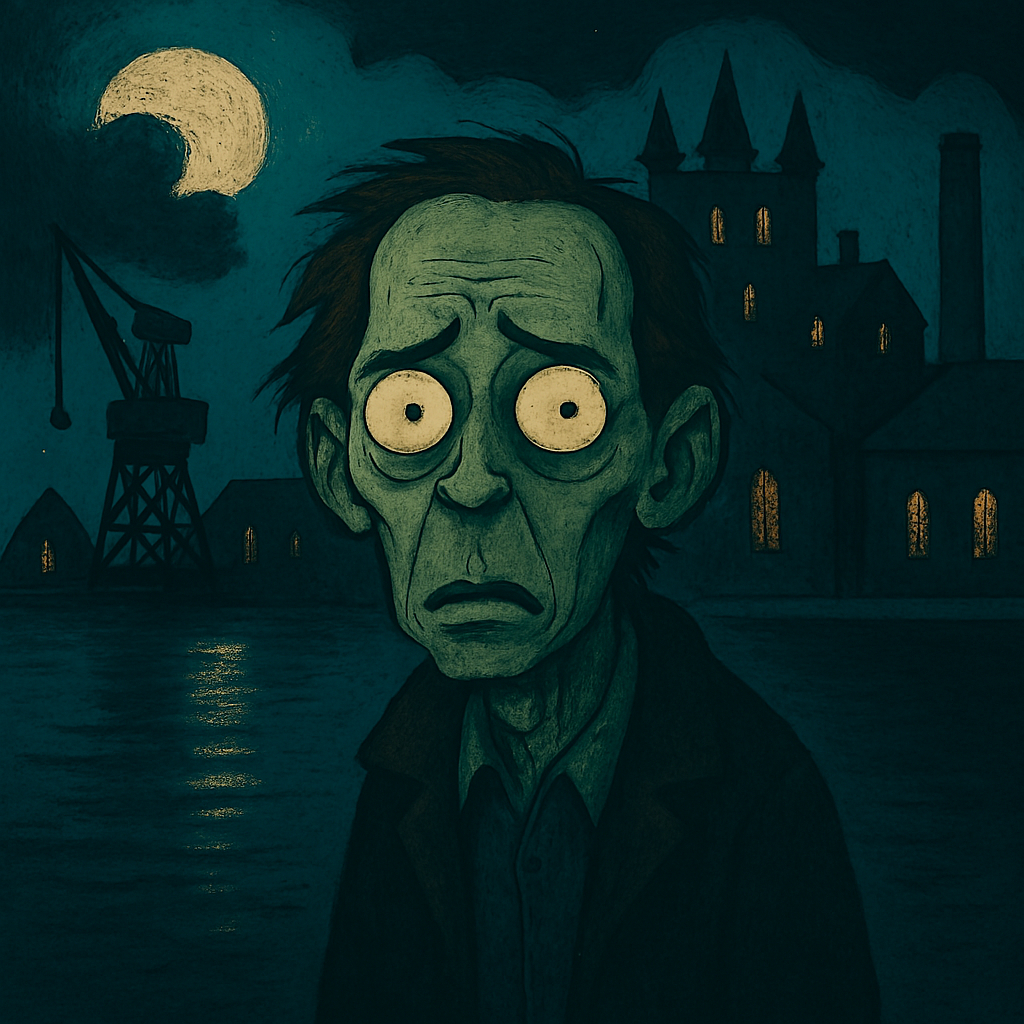
Heritage Revitalization – What It Means for Historical Sites
Cockatoo Island’s transformation into a premiere venue demonstrates how heritage sites can be reactivated for contemporary use. These sites often struggle with relevance, funding, and public engagement. By hosting a high-profile cultural event, the island gains visibility and renewed purpose.
It shows that history is not static—it can be reinterpreted through modern narratives. The event would attract new audiences who might not otherwise visit a heritage site. It also encourages preservation through use, rather than isolation. Adaptive reuse becomes a strategy for cultural sustainability. The island’s industrial architecture gains new meaning when paired with gothic storytelling.
It becomes a canvas for narrative, not just a relic of the past. This model could be replicated across Australia and globally. It bridges the gap between heritage and pop culture, making history accessible and emotionally resonant. It also supports local economies through tourism and event production. The premiere would demonstrate that historical sites are not just educational—they’re experiential. In doing so, it redefines heritage as a living, evolving part of cultural life. And it positions Cockatoo Island as a global model for site-specific storytelling.
Cultural Enrichment – How Events Like This Make People More Creative
Immersive cultural events have the power to awaken creativity in audiences. By stepping into a storyworld, people engage their imagination in new ways. The gothic tone of “Wednesday” invites reflection on identity, mood, and aesthetic. It encourages attendees to think visually, emotionally, and symbolically. This kind of engagement fosters artistic expression—through costume, photography, writing, and design. It also deepens appreciation for architecture, history, and narrative structure.
People leave not just entertained, but enriched. They begin to see their environment as a potential canvas for storytelling. This shift in perception can lead to new creative projects and collaborations. It also supports mental wellness, offering catharsis and inspiration. Cultural events become incubators for innovation and empathy.
They encourage interdisciplinary thinking, blending history, fiction, and design. The Cockatoo Island premiere would be a masterclass in cultural activation. It shows that entertainment can be intellectually and emotionally nourishing. And it proves that pop culture, when thoughtfully staged, can elevate public discourse and personal creativity.
Urban Identity – How Cities Are Reimagined Through Cultural Events
Staging a premiere on Cockatoo Island redefines Sydney’s urban identity. It positions the city not just as a backdrop, but as a protagonist in global storytelling. The event would showcase Sydney’s capacity for genre-defining cultural production. It also highlights the city’s architectural diversity and historical depth. By activating a heritage site, the event bridges past and future. It invites urban planners to think creatively about cultural infrastructure. Cities become stages, not just spaces. This model encourages adaptive reuse, sustainability, and emotional resonance.
It also fosters civic pride, showing residents that their city is a cultural innovator. The event would attract international attention, boosting tourism and investment. It could inspire similar activations in other urban areas. Sydney becomes a node in a global network of experiential media. The city’s identity evolves—from scenic to cinematic, from passive to participatory. Cockatoo Island becomes a symbol of what cities can be when they embrace storytelling. And the premiere becomes a turning point in how urban space is understood and celebrated.
Streaming Evolution – How Platforms Expand Beyond the Screen
Netflix’s decision to stage a premiere on Cockatoo Island marks a strategic evolution. It moves the platform from content delivery to cultural curation. This marketing and entertainment shift reflects broader changes in media consumption. Audiences crave immersion, mood, and physical engagement. Streaming platforms must adapt by designing experiences that extend beyond the screen. The event becomes a form of brand storytelling, reinforcing aesthetic and emotional tone. It also differentiates Netflix from competitors, positioning it as an innovator.
By investing in physical events, Netflix signals its commitment to cultural impact, not just content volume. This approach aligns with the rise of experiential marketing and transmedia storytelling. It also allows the platform to build emotional equity with its audience. The Cockatoo Island premiere would serve as proof-of-concept for this strategy.
It demonstrates that streaming platforms can shape public space and cultural memory. The event would generate press, social media buzz, and long-tail engagement. It also opens new revenue streams through merchandise, tourism, and partnerships. More importantly, it redefines what a streaming premiere can be. It’s no longer a press release—it’s a cultural moment.
This evolution challenges other platforms to follow suit. It raises the bar for audience engagement and brand storytelling. Netflix becomes not just a tech company, but a cultural institution. The premiere becomes a ritual, not just a rollout. And Cockatoo Island becomes the stage for this transformation—where streaming meets spectacle, and content becomes culture.
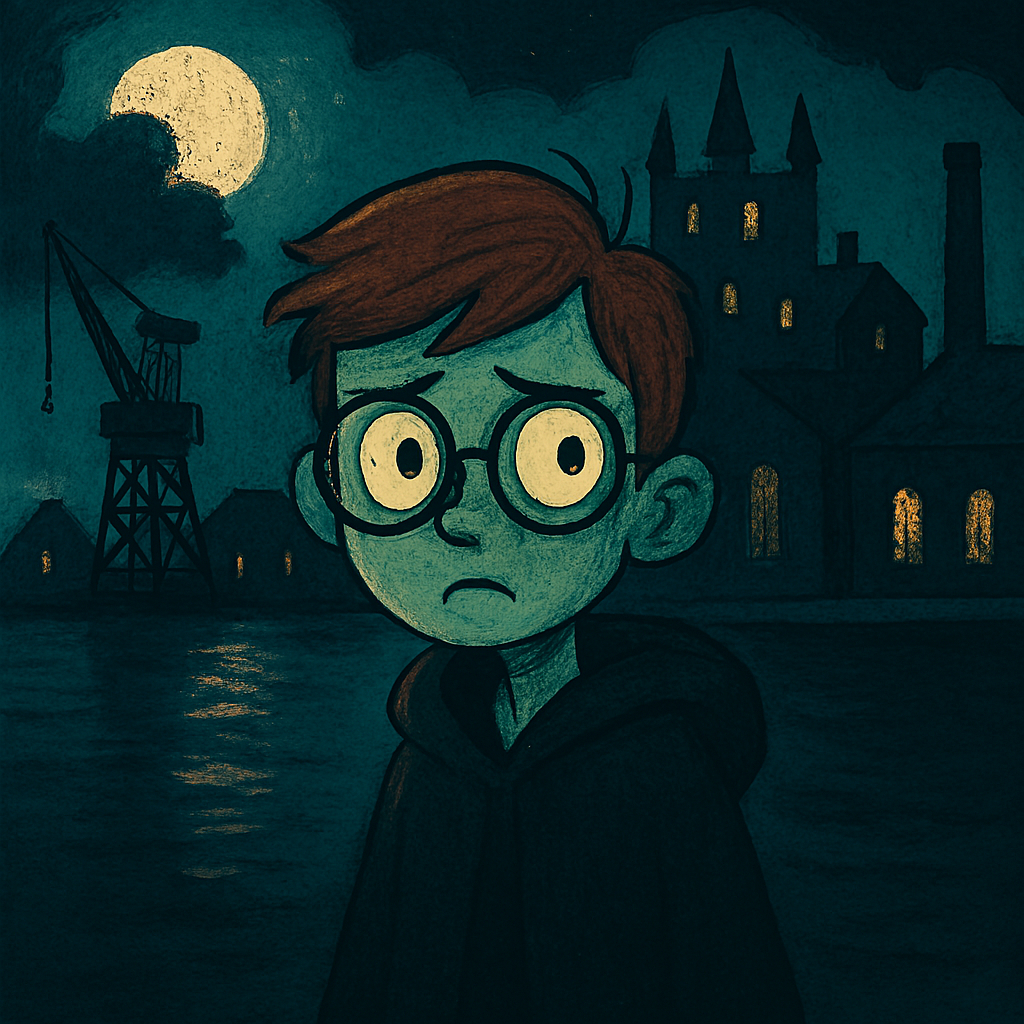
Architectural Resonance – Why Built Environments Matter in Storytelling
The choice of Cockatoo Island is not arbitrary—it’s architecturally symbolic. The island’s industrial remnants evoke themes of confinement, decay, and transformation. These motifs align perfectly with the gothic tone of “Wednesday.” Architecture becomes narrative, shaping how audiences feel and interpret the event. The sandstone tunnels suggest secrecy and introspection.
The rusted shipyards evoke forgotten histories and emotional weight. These spatial cues deepen the audience’s immersion. They also elevate the premiere from event to experience. Built environments carry emotional and historical resonance. When paired with narrative, they become extensions of storyworlds.
This approach encourages creators to think spatially and symbolically. It also invites architects and designers into the storytelling process. Cockatoo Island becomes a case study in narrative architecture. The premiere shows how space can amplify mood, theme, and identity. And it proves that storytelling is not just visual—it’s structural.
Emotional Geography – How Place Shapes Feeling and Memory
Cockatoo Island’s geography plays a crucial role in emotional engagement. Its isolation creates a sense of detachment and introspection—mirroring Wednesday’s character arc. The surrounding water acts as a psychological boundary, separating the event from everyday life. This liminality enhances immersion, making the experience feel otherworldly.
The island’s layered history adds emotional depth to the setting. Visitors sense the weight of time, decay, and transformation. These feelings align with the show’s themes of identity, rebellion, and legacy. Emotional geography is rarely considered in event planning—but it’s essential. It shapes how people feel, remember, and interpret experiences.
The premiere would use geography as a narrative tool. It invites audiences to step into a mood, not just a location. This approach deepens emotional investment and cultural resonance. It also encourages more thoughtful use of public space. Cockatoo Island becomes a map of feeling, not just a dot on the harbor. And the event becomes a journey—through story, space, and self.
Identity and Belonging – How Events Like This Empower Outsiders
“Wednesday” is a show about outsiders—those who don’t fit conventional molds. Staging its premiere on Cockatoo Island reinforces this theme. The island’s isolation mirrors emotional detachment and social exclusion. But the event transforms that isolation into empowerment. Fans gather in a space that reflects their aesthetic and emotional identity. It becomes a sanctuary for the unconventional, the creative, the misunderstood.
This kind of cultural activation validates alternative identities. It shows that difference is not just accepted—it’s celebrated. The event fosters belonging through shared mood and narrative. It also encourages self-expression, from costume to conversation. Identity becomes central to the experience, not peripheral. This empowerment has ripple effects—into education, mental health, and community building. The premiere becomes a safe space for emotional exploration. Cockatoo Island becomes a symbol of outsider pride. And “Wednesday” becomes more than a show—it becomes a movement.
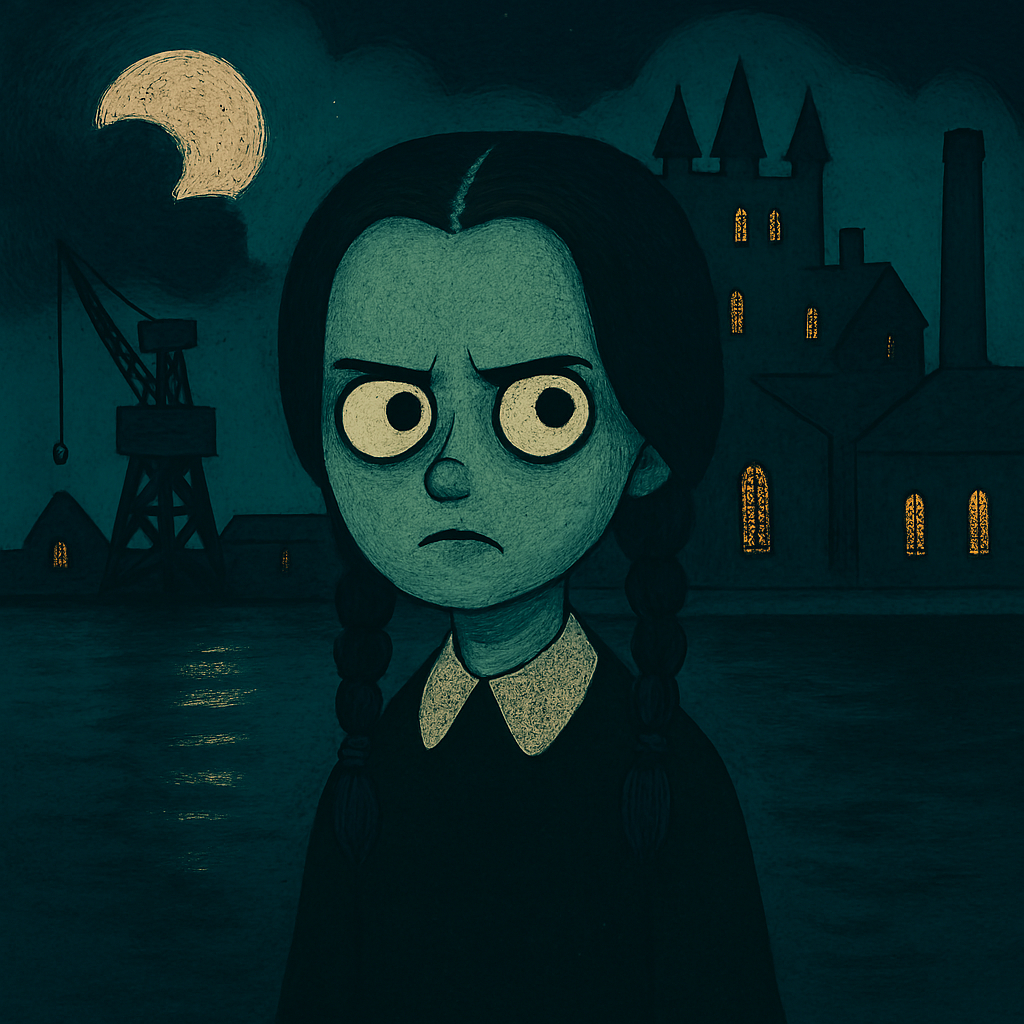
Educational Potential – How Events Can Teach Without Preaching
Immersive premieres offer unique educational opportunities. They teach history through architecture, mood through design, and narrative through space. Cockatoo Island’s layered past becomes a living textbook. Visitors learn about penal colonies, industrial heritage, and adaptive reuse. But they also learn about storytelling, aesthetics, and emotional tone.
The event becomes a multidisciplinary classroom—blending history, media, and design. It engages different learning styles: visual, tactile, emotional. This kind of education is subtle but powerful. It doesn’t preach—it invites curiosity. Attendees leave with new knowledge, not just memories. The premiere also encourages critical thinking about media and place. It shows how stories shape perception and how space shapes stories. Educational institutions could partner with such events for curriculum enrichment. Cockatoo Island becomes a site of informal learning. And the premiere becomes a model for how entertainment can educate.
Tourism and Economy – How Cultural Events Drive Local Growth
A premiere on Cockatoo Island would generate significant economic activity. It would attract domestic and international tourists, boosting hospitality and transport sectors. Local vendors could participate, from food to merchandise. The event would create jobs in production, design, and logistics. It also positions Sydney as a destination for cultural tourism. Visitors come not just for the show, but for the experience.
This kind of activation supports sustainable tourism—focused on culture, not consumption. It also encourages investment in heritage preservation and infrastructure. The ripple effects extend to nearby neighborhoods and businesses. Media coverage amplifies the city’s global profile. The event becomes a catalyst for economic and cultural growth. It also demonstrates the value of creative industries in urban development. Cockatoo Island becomes a case study in cultural economics. And the premiere proves that storytelling can be a driver of prosperity.
Global Influence – How Local Events Shape International Trends
Though staged in Sydney, the Cockatoo Island premiere would have global impact. It sets a precedent for experiential media worldwide. Streaming platforms in other countries would take note. Heritage sites from Edinburgh to Kyoto could be reimagined as narrative venues. The event becomes a template for cultural activation. It also positions Australia as a leader in creative innovation. Global audiences engage through social media, press, and fandom.
The premiere becomes a cultural export, not just a local event. It fosters international dialogue about media, space, and identity. It also encourages cross-border collaborations in design and storytelling. The event’s success could inspire festivals, exhibitions, and urban interventions. Cockatoo Island becomes a global symbol of narrative place-making. And “Wednesday” becomes a case study in transnational cultural resonance. The local becomes global—and the global becomes personal. This is how pop culture evolves—through bold, place-based experimentation.
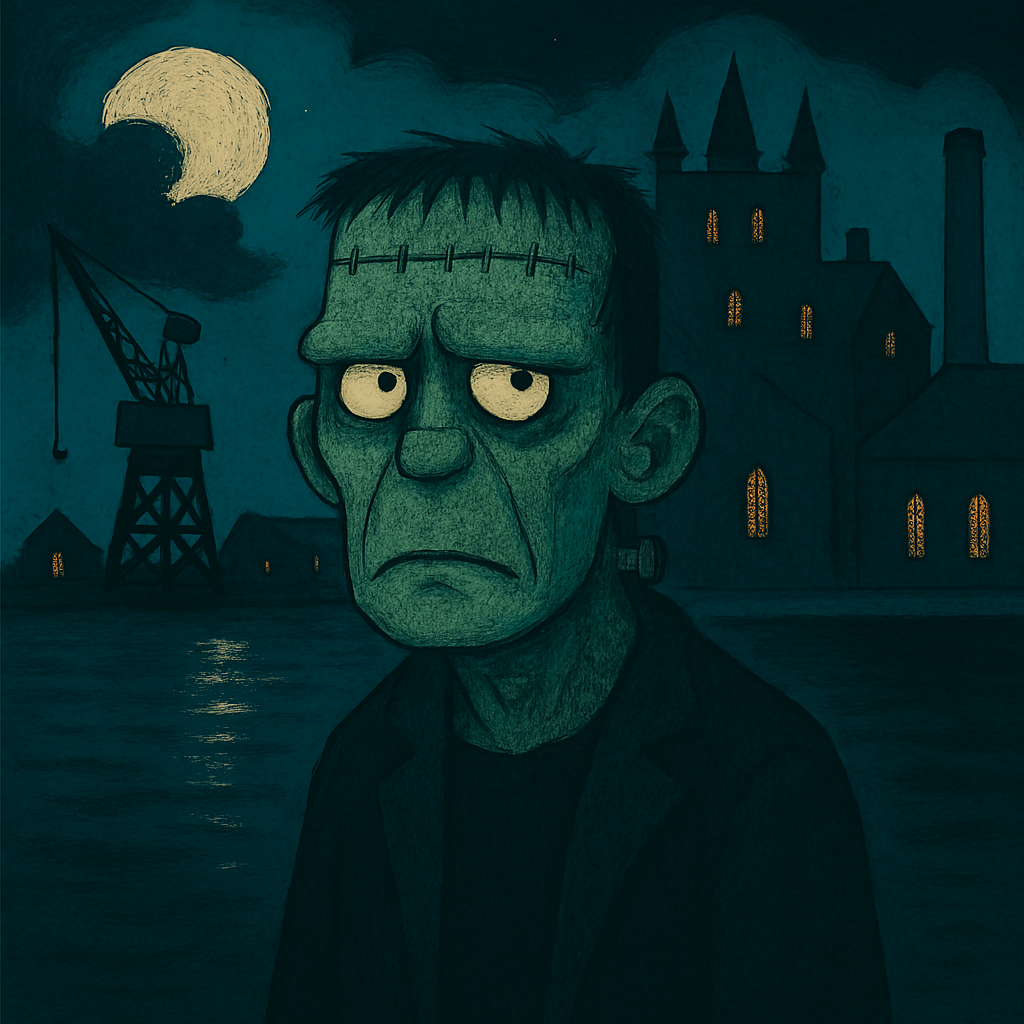
Sustainability in Practice – How Events Can Be Ethically Designed
Transforming Cockatoo Island into a premiere venue offers a chance to model sustainable event design. The island’s existing infrastructure reduces the need for new construction, aligning with principles of adaptive reuse. Transportation can be optimized through ferries and electric shuttles, minimizing carbon emissions. Local vendors and materials can be prioritized to reduce logistical footprints. The event could incorporate zero-waste policies, composting stations, and reusable installations. Lighting and sound systems can be powered by renewable energy sources, such as portable solar arrays.
These choices demonstrate that cultural spectacle need not come at environmental cost. Sustainability becomes part of the narrative, not just a logistical afterthought. The island’s natural and industrial features can be preserved and highlighted, rather than obscured. Educational signage could inform attendees about the site’s ecological and historical significance. This approach aligns with regenerative design principles, where events leave places better than they found them.
It also sets a precedent for ethical cultural production. Streaming platforms can use their influence to normalize sustainable practices. Cockatoo Island becomes a model for low-impact, high-engagement events. And the premiere proves that environmental responsibility and creative ambition can coexist.
Interdisciplinary Collaboration – How Events Unite Diverse Fields
An immersive premiere on Cockatoo Island would require collaboration across multiple disciplines. Architects, historians, set designers, lighting engineers, and cultural theorists would all contribute to the event’s design.
This convergence fosters innovation, as each field brings unique perspectives and tools. Historians ensure narrative fidelity to the site’s past, while designers translate mood into spatial form. Engineers manage logistics, ensuring safety and accessibility without compromising atmosphere. Media theorists guide audience flow and interpretive framing. Costume designers and stylists enhance thematic immersion, aligning attendees with the show’s aesthetic.
This kind of collaboration breaks down silos between art, science, and heritage. It also creates new professional opportunities and hybrid roles. The event becomes a laboratory for interdisciplinary creativity. Universities and cultural institutions could partner to document and study the process.
These insights could inform future events, exhibitions, and urban interventions. Cockatoo Island becomes a nexus of creative labor and intellectual exchange. And the premiere becomes a showcase of what’s possible when disciplines unite around a shared narrative goal.
Psychological Immersion – How Space Affects the Mind
The psychological impact of immersive events is profound and measurable. Cockatoo Island’s isolation and architecture evoke specific emotional responses—curiosity, introspection, and awe. These responses are amplified when paired with narrative cues from “Wednesday.” The gothic aesthetic triggers associations with mystery, rebellion, and self-discovery.
Visitors experience a shift in perception, entering a heightened state of engagement. This phenomenon is known as narrative transportation, where individuals mentally and emotionally enter a storyworld. It enhances memory retention, emotional resonance, and behavioral change. The event becomes not just entertainment, but a psychological journey. Mood lighting, soundscapes, and spatial choreography deepen this immersion.
Attendees may feel more connected to the show, its characters, and its themes. This kind of engagement supports mental wellness, offering catharsis and reflection. It also encourages empathy, as visitors inhabit perspectives different from their own. Cockatoo Island becomes a therapeutic space, not just a cultural venue. And the premiere demonstrates how architecture and narrative can shape the psyche in meaningful ways.
Media Theory in Action – How the Event Rewrites the Premiere Format
Traditional media theory distinguishes between passive and active consumption. A Cockatoo Island premiere collapses that binary, creating a hybrid form of engagement. Attendees are not just viewers—they are participants in a spatial narrative. This aligns with Henry Jenkins’ concept of convergence culture, where media flows across platforms and experiences.
The event becomes a form of transmedia storytelling, extending the show’s universe into physical space. It also reflects Marshall McLuhan’s idea that “the medium is the message.” Here, the venue itself becomes part of the narrative. The premiere challenges the notion of media as isolated content, instead presenting it as environmental experience. It invites reinterpretation of what a premiere is and what it can do.
The event becomes a live text, open to interaction and reinterpretation. It also supports Stuart Hall’s theory of encoding/decoding, allowing audiences to co-create meaning. Cockatoo Island becomes a site of media experimentation, not just celebration. And “Wednesday” becomes a case study in how media theory can be enacted, not just discussed. This approach elevates the cultural discourse around streaming and storytelling. It proves that premieres can be intellectually rigorous and emotionally rich.
Future-Proofing Culture – How Events Build Long-Term Value
Experiential premieres like the one proposed for Cockatoo Island are not just momentary spectacles—they are investments in cultural longevity. They create memories that persist beyond the event, embedding themselves in public consciousness. They also generate documentation—photos, articles, academic studies—that extend their impact. These materials become part of the cultural archive, accessible to future generations.
The event can be designed with modular infrastructure, allowing reuse for future activations. It also encourages policy shifts, prompting governments to support creative use of heritage sites. Educational programs can be built around the event, ensuring its legacy in schools and universities. The premiere becomes a catalyst for long-term cultural planning. It also supports resilience in the creative sector, offering new models for engagement and revenue. Cockatoo Island gains a new identity as a cultural engine, not just a historical artifact.
The event’s success could inspire permanent installations or annual festivals. It also strengthens community ties, as locals take pride in hosting a global moment. Future-proofing means designing with continuity in mind—not just spectacle. And this premiere would be a masterclass in how to build cultural infrastructure that lasts.
Cultural Diplomacy – How Events Foster Global Dialogue
Staging a premiere on Cockatoo Island positions Sydney as a cultural ambassador on the global stage. The event becomes a form of soft power, showcasing Australia’s creative capacity and heritage stewardship. It invites international media, artists, and fans to engage with local history and aesthetics. This kind of cultural diplomacy strengthens ties between nations through shared storytelling.
Netflix’s global reach ensures that the event resonates across borders, languages, and demographics. It also highlights Australia’s commitment to innovation in cultural production. The premiere could include multilingual signage, inclusive programming, and cross-cultural collaborations. These elements foster mutual understanding and appreciation.
Cultural diplomacy through entertainment is increasingly vital in a fragmented media landscape. It builds bridges where politics may falter, using narrative as common ground. Cockatoo Island becomes a site of international exchange, not just local celebration.
The event could inspire similar activations in other countries, creating a network of narrative venues. It also supports tourism, education, and creative industries across borders. Cultural diplomacy is not just symbolic—it’s strategic. And this premiere would be a masterclass in how storytelling can unite diverse audiences around shared values.
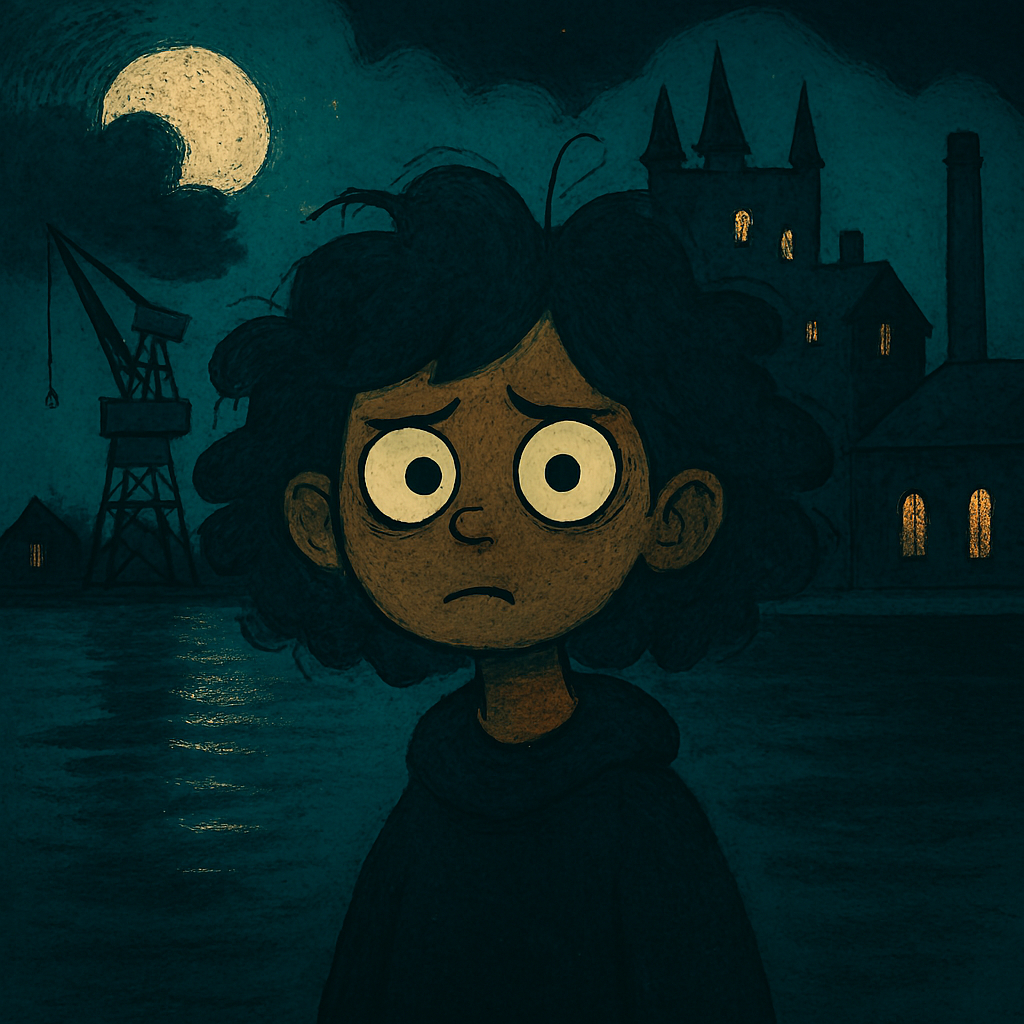
Youth Engagement – How Events Inspire the Next Generation
Immersive cultural events have a profound impact on young audiences. They offer tactile, emotional, and visual experiences that deepen engagement and spark imagination. A “Wednesday” premiere on Cockatoo Island would resonate with youth through its themes of identity, rebellion, and creativity. The gothic aesthetic appeals to adolescents navigating self-expression and social boundaries. The event could include workshops, student-led tours, and youth media coverage.
These elements empower young people to participate, not just observe. It also introduces them to heritage sites in a way that feels relevant and exciting. Youth engagement fosters long-term cultural stewardship and creative ambition.
The event becomes a gateway to careers in design, storytelling, and production. It also supports emotional development, offering catharsis and community. Schools and universities could integrate the event into curriculum, encouraging interdisciplinary learning. Cockatoo Island becomes a classroom without walls, where history and fiction converge. The premiere validates youth culture as a legitimate force in cultural discourse. It shows that entertainment can be educational, empowering, and transformative. And it proves that the next generation deserves immersive, meaningful cultural experiences.
Ethical Storytelling – How Events Respect Place and People
Immersive events must be designed with ethical sensitivity to place, history, and community. Cockatoo Island’s layered past includes penal labor and industrial exploitation, which must be acknowledged. The premiere should incorporate historical interpretation, ensuring respectful engagement with the site’s legacy. Ethical storytelling means balancing spectacle with substance. It also involves consulting local communities, historians, and cultural custodians.
The event can include guided tours, archival exhibits, and indigenous perspectives. These elements enrich the experience while honoring the island’s complexity. Ethical design also considers accessibility, ensuring all audiences can participate fully. It avoids cultural appropriation, superficial symbolism, and historical erasure.
The narrative must be integrated, not imposed—allowing the site to speak through the event. This approach fosters trust, transparency, and cultural integrity. It also sets a standard for future activations, where ethics are embedded in creative process.
Cockatoo Island becomes a model for responsible cultural production. The premiere proves that entertainment can be thoughtful, inclusive, and historically aware. And it shows that ethical storytelling is not a constraint—it’s a catalyst for deeper, more resonant experiences.
Conclusion – From Premiere to Cultural Blueprint
Transforming Cockatoo Island into a “Wednesday” premiere venue is more than a creative stunt—it’s a cultural blueprint. It shows how physical space, narrative tone, and audience experience can converge to create something enduring. It redefines the premiere as a form of storytelling, one that’s immersive, participatory, and emotionally resonant. It elevates Sydney’s cultural infrastructure, showcasing its capacity for genre-defining events. It positions Netflix as a curator of experience, not just a content provider. It also sets a precedent for the entertainment industry, encouraging location-based storytelling and experiential media.
The event would ripple across pop culture, tourism, heritage preservation, and urban planning. It would inspire new forms of collaboration and innovation. It would deepen audience engagement, turning viewership into memory. It would also challenge creators to think spatially, designing stories that live beyond the screen.
Cockatoo Island becomes a symbol of what’s possible when storytelling meets place. It’s a prototype for a new kind of cultural event—one that’s immersive, ethical, and transformative. In a world saturated with digital content, this kind of activation offers something rare: presence. And in that presence, pop culture finds new depth, new meaning, and new futures.
Join the Discussion
What other heritage sites could be reimagined as immersive premiere venues? How should streaming platforms balance spectacle with sustainability? Could this model reshape tourism, urban planning, and cultural policy?
#WednesdayPremiereSydney #CockatooIslandEvent #StreamingMeetsArchitecture #PopCultureFutures #NarrativeInfrastructure #ExperientialStorytelling #SydneyCulturalBlueprint #HeritageReimagined #FanCultureElevated #CreativeUrbanism



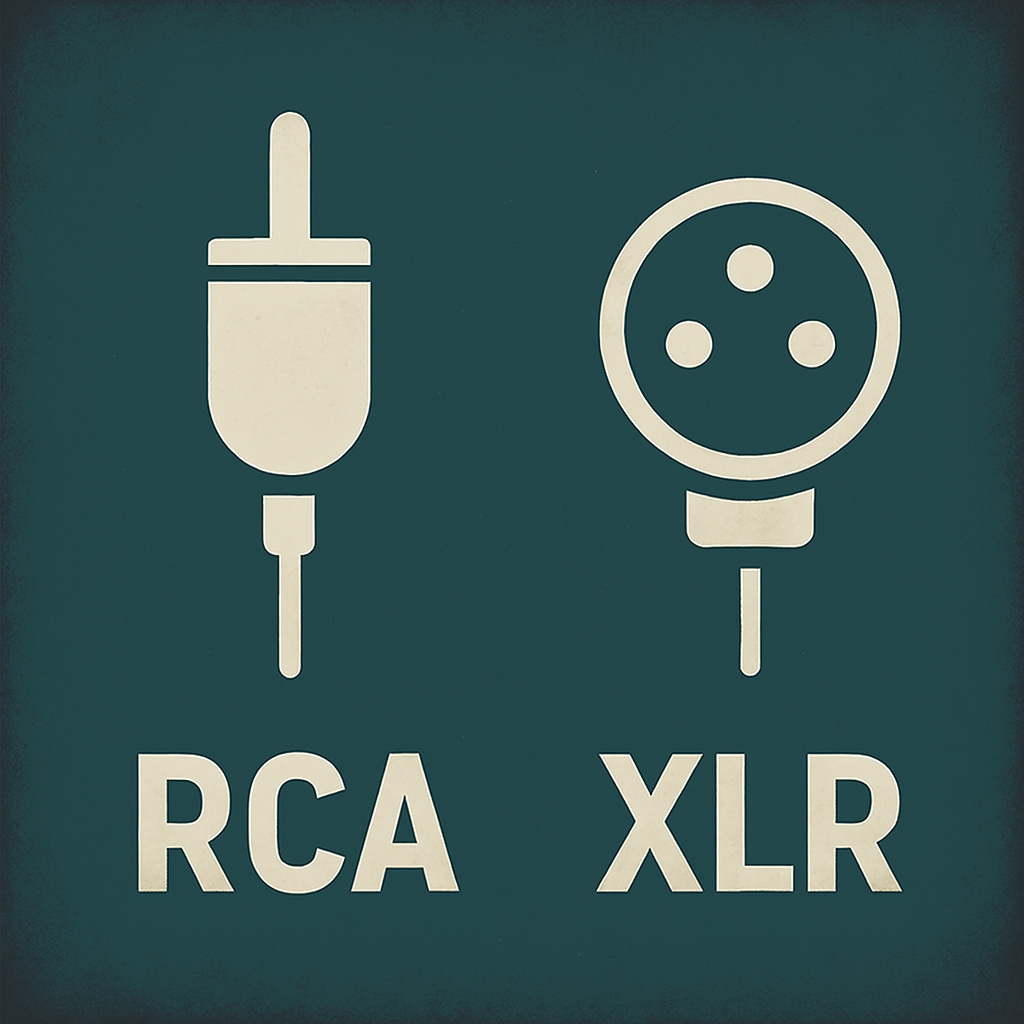


Leave a Reply